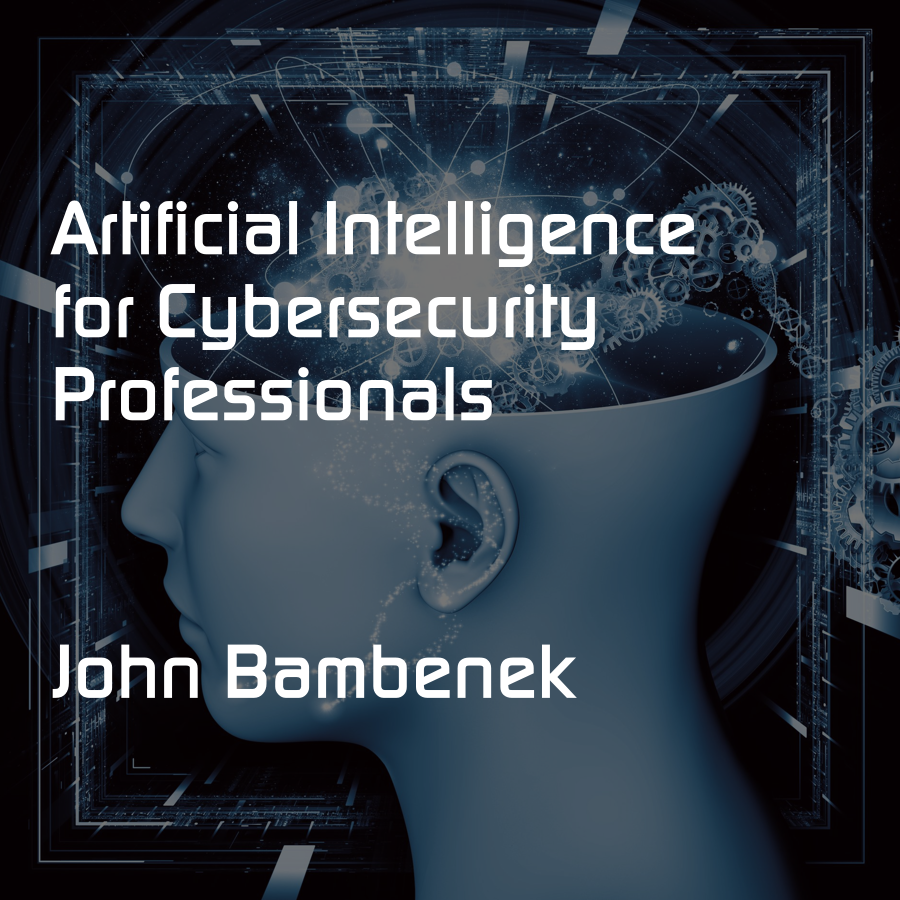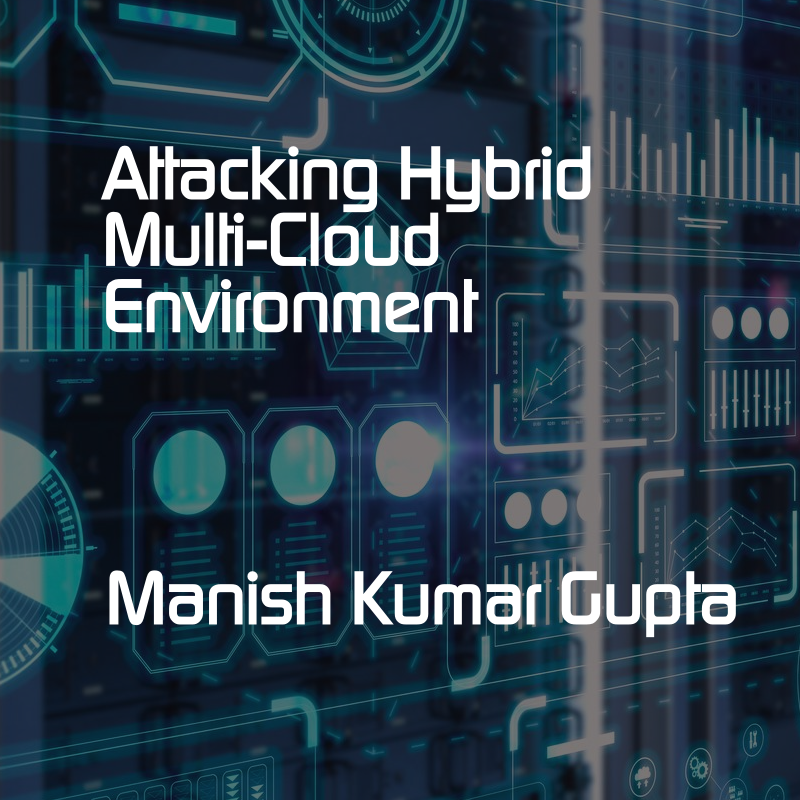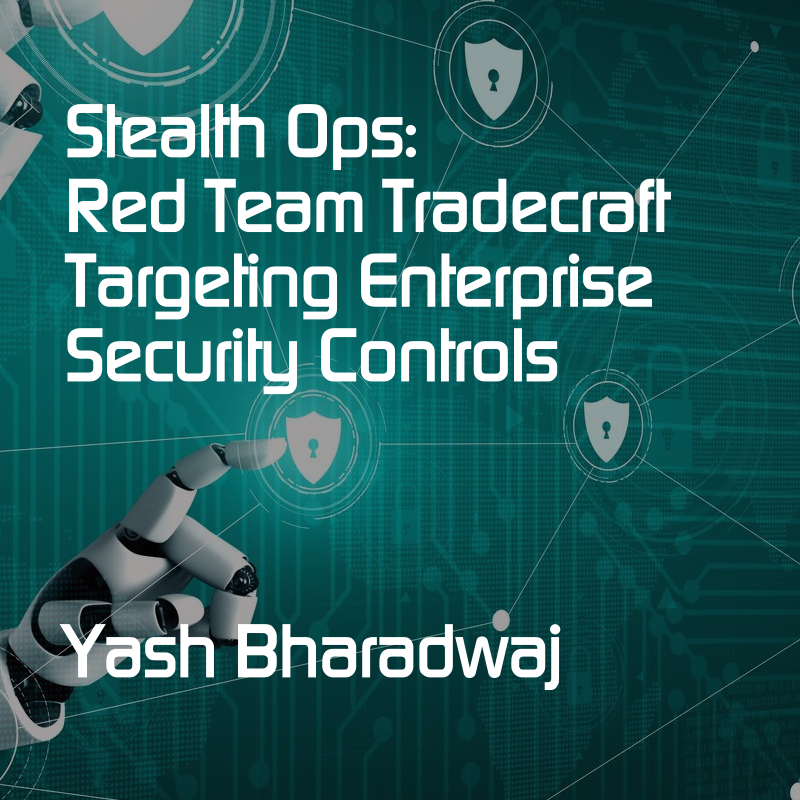
CanSecWest DOJOs
secwest.net DOJOs
Although no DOJOs are available for registration at this time, we’ve listed the ones we offered at the most recent secwest.net conference below to demonstrate the type of training and/or courses that we offer.
Media Effects used in Influence Operations
In this workshop, the author delivers a fusion of theoretical knowledge and practical examples intertwined in an active discussion. The workshop is designed for a technical audience who work in social media and the information operations space. The knowledge section covers the basics of communications theory, aiming to make the concepts accessible to non-practitioners in the field.
The presenter will cover the two-step flow of information, gatekeeping, agenda-setting, priming, framing, the spiral of silence, echo chambers, cultivation, and other important media effects. Furthermore, the workshop will also cover some not well understood classes of operations, such as Discoverable and Reflexive Operations. Last but not least, it covers topics from NLP, Cognitive science, and, specifically, how our brains process information and how this is exploited by some of the above-mentioned media effects and techniques.

Teaching Burp to Speak GraphQL: Automated Security Scanning of Your GraphQL API with Burp
Rest APIs have been the backbone of webapps for over a decade now, and it’s treated us well. Inevitably, a challenger has approached and is gradually becoming the new industry standard. That is GraphQL, a query a language for your API. But shifts in tech trends also bring another inevitability, new and interesting ways to hack stuff. GraphQL is a growing target, and the pentesting tools have yet to keep up, leaving the criminals with more time and opportunity to probe and exploit vulnerabilities in your web apps.
Burp Suite has been the defacto tool for Application Security professionals running DAST scans and penetration tests against web apps, and its amazing Active Scan feature badly needed to be able to parse GraphQL. Our new plugin for Burp Suite allows the Active Scanner to competently point its library of payloads at a GraphQL API, giving the defenders a chance to detect vulnerabilities before the criminals do.

Artificial Intelligence for Cybersecurity Professionals
In an era where cyber threats are increasingly sophisticated, the need for advanced defense mechanisms is paramount. This 2-day intensive course is designed for working professionals in the cybersecurity field, aiming to equip them with the knowledge and skills to leverage artificial intelligence (AI) in combating cyber threats. The course provides a comprehensive overview of AI technologies, focusing on their application in cybersecurity. Participants will gain insights into the latest AI tools and techniques used for threat detection, risk management, and response automation. Through a blend of theoretical knowledge and practical exercises, the course prepares professionals to effectively integrate AI into their cybersecurity strategies.

OPSEC for Investigators and Researchers
Whether performing an in-depth investigation or merely quick research, the investigator (or researcher) and the investigation itself are exposed to certain risks.
This workshop focuses on security and safety issues pertaining to online research and investigations. It covers different areas of the investigative process and how tools and particular techniques can leak information detrimental to the case or the investigator.
The workshop focuses on both the technical and soft - intelligence and counterintelligence aspects of OPSEC, thus it is useful to both technical investigators as well as non-technical folks, like mainstream journalists and lawyers.

Beginner C2 with Sliver
Learn the ins and outs of using a command-and-controls (C2) for red team operations and learn how threat actors use C2s to gain access to computers and internal networks. During this course, we will create implants with Sliver, learn how to manage a C2 with multiple operators, persist in the target’s environment, pivot to other hosts, and steal valuable credentials. Course material will be accompanied by hands-on labs and a test network to familiarize yourself with the tools and practice the techniques.

Attacking Hybrid Multi-Cloud Environment
Enterprises across the globe are moving to the Hybrid Multi-Cloud Technology. The technical understanding and enormous cost of rewriting infrastructure-applied applications to re-platform and work with the new cloud concept is a difficult task. The irregularities caused due to mis-understanding / deficit knowledge of New Cloud Concepts offered by leading Cloud Service Providers like AWS, Microsoft Azure and GCP etc have introduced multiple loopholes easily identified and exploited by Threat Actors to abuse and exploit the organization infrastructure.
CyberWarFare Labs training on "Attacking Hybrid Multi-Cloud Environment" aims to provide the trainees with the insights of the offensive techniques used by the Red Teamers and Blue Teamers in an Enterprise Cloud Infrastructure.

RISC-V Assembly
RISC-V is the new hotness! It's going to take over the world! (Or is it? It is!) But what is RISC-V, and why should you care?
RISC-V is an open source Instruction Set Architecture (ISA). Or, in reality, a small, tight-nit family of ISAs and ISA extensions. The multiple ISAs allow it to be modular and be cut down to work for a 32-bit embedded system, or scaled up for a 64-bit desktop system.
But it's the open-source aspect of RISC-V which is what will make it take over. In a world where many embedded device makers use ARM ISAs, but have to pay ARM a licensing fee, what company wouldn't want to investigate making their chips without paying licensing fees to ARM, or Tensilica, or others? E.g. in 2022 Espresiff indicated they'll be using RISC-V exclusively for all future chips. So in the same way that Linux found some clearly beneficial early niches, and kept expanding from there, RISC-V has begun to find its niches, and natural market forces will cause it to continue expand.
This class teaches you how to disassemble binaries, read RISC-V assembly language, and debug black-box binaries in GDB. This knowledge of assembly is the fundamental skill which is required to learn reverse engineering and vulnerability exploitation. Reverse engineering is in turn a fundamental skill which is required for malware analysis and vulnerability hunting.

StealthOps: Red Team Tradecraft Targeting Enterprise Security Controls
Introducing a cutting-edge training program crafted to empower penetration testers, red team members, and blue team defenders with the advanced skills needed to combat and outmaneuver apex threat actors. In the rapidly evolving landscape of cybersecurity, where attackers employ sophisticated methods such as in-memory implants, custom coding to bypass antivirus and EDR systems, and bespoke tools for lateral movement, the need for robust defensive strategies has never been more critical.
This course is meticulously designed to bridge the gap between conventional security measures and the advanced tactics utilized by adversaries, offering an in-depth exploration of the techniques and methodologies employed by these threat actors to evade host and network-level security solutions. Through a comprehensive curriculum that emphasizes hands-on experience and real-world scenarios, participants will gain unparalleled insights into enhancing enterprise-grade security postures, ensuring readiness to detect, respond to, and neutralize advanced cyber threats with precision and stealth.


